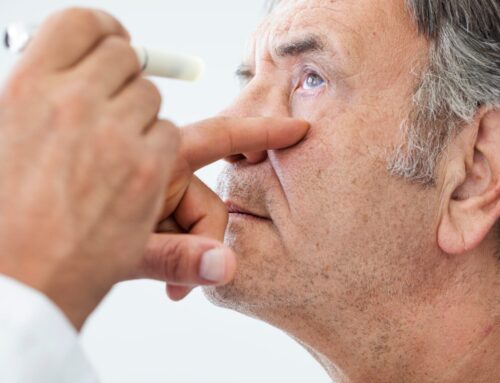
Tips For Coping With Anisometropia After Cataract Surgery
While cataract surgery can safely be performed at any stage of their development, doctors only operate on one eye at a time. This means that in between surgery, your eyes will be out of balance with each other until after the surgery with the second eye. This vision imbalance is referred to as anisometropia, which is derived from the Greek words that literally translate to “the measure of vision is not equal.” In medical terms, it is defined as a condition in which the two eyes have a different refractive power, so there is an equal focus between the two eyes.
Living with anisometropia for weeks or months until your next surgery can be quite difficult. To help you cope with the change, ophthalmologists offer the following tips.
Take Some Time Off
The recovery time for cataracts surgery is dependent upon different factors, but many patients report clearer vision within several hours after the operation. That said, since vision is only effectively improved in one eye, give yourself some time to heal and adjust. It sometimes takes several days to get used to your vision and the imbalance. If possible, refrain from driving, strenuous activities and other acts that may put extra pressure on your eye.
Wear Your Old Glasses
While you are recuperating, doctors will advise you not to get new prescription glasses. It’s best to do this after you have recovered from the second operation because of the vision imbalance. The pair of glasses you get will only end up being useful for a few months or weeks in this case. If you must wear glasses, it is more ideal to use your old reading glasses or another pair that you are most comfortable using. You may even ask an optician to temporarily remove the lens on the side that has had the surgery if you feel that it would help.
Schedule Check-Ups
Post-operative check-ups are crucial to your healing process after the operation, so make sure that you don’t miss an appointment. Your ophthalmologist or cataract surgeon will normally check for signs of complications so that they don’t affect your sight in the long term. More importantly, however, a post-operative assessment allows your eye doctor to help you find ways to make anisometropia more manageable. For instance, they may recommend using only one eye and allowing the vision to be blurred or blocked out on the other.
The good news is you will only experience anisometropia for a brief period. After your surgeon gives you the OK during a post-operative check-up, your second operation can be arranged immediately.
Sources:

About the expert
Mr Hamada | Consultant Ophthalmologist and Corneal Surgeon
MD, MSc, DO (hons), FRCSEd, FRCOphth I am Samer, founder and consultant ophthalmic surgeon with over 20 years’ experience in ophthalmology. I am a world-renowned specialist in cornea, cataract and refractive surgery. I’m not only a leading surgeon but also the only dual fellowship trained in corneal diseases in children from reputable institutions in the UK. At Eye Clinic London I work closely with other consultant ophthalmologists, optometrists and orthoptists to achieve the best outcomes for our patients. Our main aim is to make sure our patients get the safest and best treatments available to them. We put your safety before anything else so you can rest assured that if you choose us you will be in the best and safest hands.



